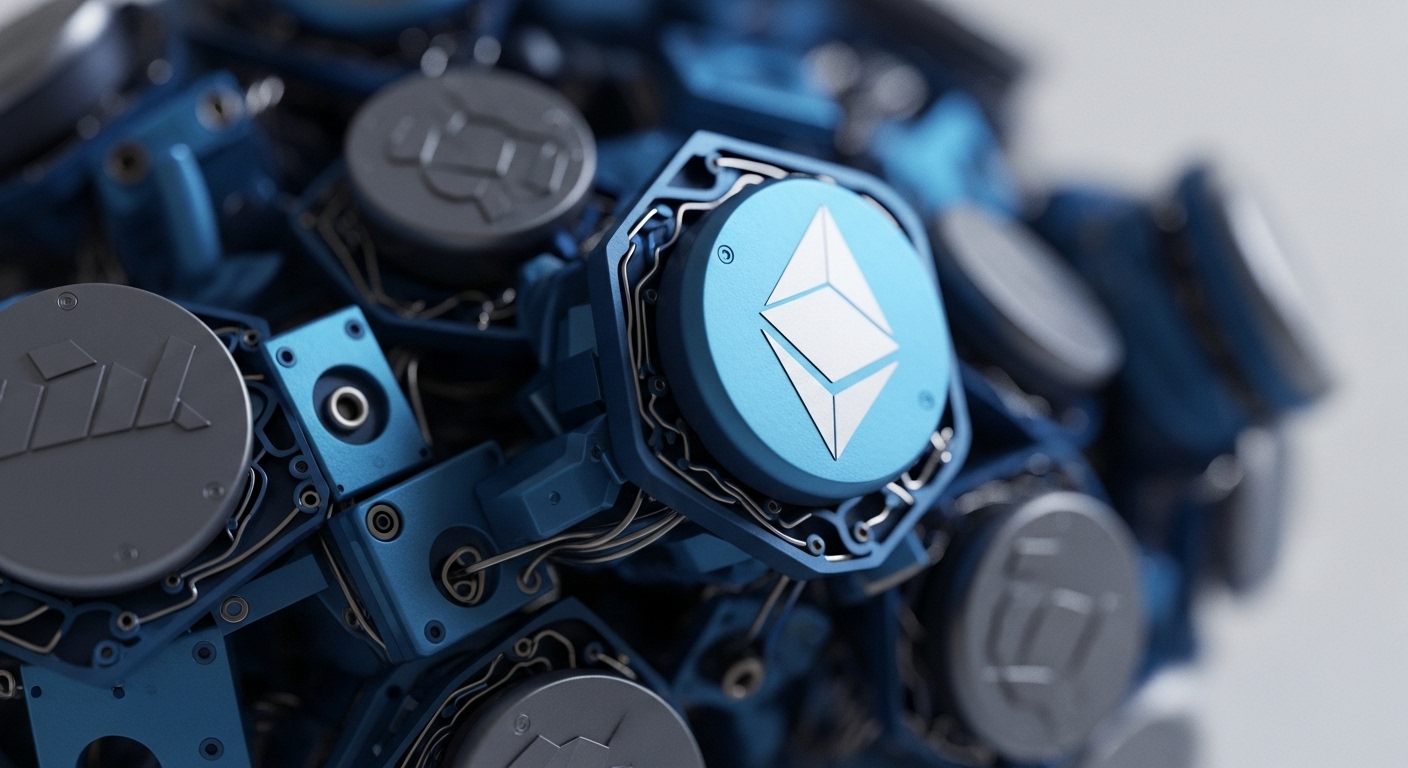
Briefing
The proliferation of easily generated AI content demands cryptographically provable methods for content attribution and integrity. This research introduces new constructions of Pseudorandom Error-Correcting Codes (PRCs), a novel cryptographic primitive designed to watermark generative AI outputs with robust, tamper-resistant, and undetectable markers. The core breakthrough lies in building PRCs from established cryptographic assumptions and demonstrating their security against various adversarial models, ensuring watermarked content remains computationally indistinguishable from original content while allowing for efficient, secret-key-enabled decoding even after corruption. This work establishes a critical theoretical foundation for scalable and verifiable digital content provenance, vital for trust and accountability in the evolving digital landscape.

Context
Prior to this research, digital watermarking for AI-generated content often relied on heuristic methods that lacked rigorous cryptographic security guarantees. The challenge lay in designing watermarking schemes that were simultaneously undetectable by adversaries, robust against various forms of tampering, and provably secure, without degrading the quality of the generated output. This presented a foundational theoretical gap in establishing trust and provenance for content originating from advanced generative models.

Analysis
The paper’s core mechanism centers on Pseudorandom Error-Correcting Codes (PRCs), a cryptographic primitive characterized by three properties → pseudorandomness, robustness, and soundness. PRCs ensure that encoded messages, when used as inputs for generative AI, produce watermarked content computationally indistinguishable from unwatermarked outputs. Critically, these codes allow a secret key holder to decode the embedded watermark even if the AI output has been corrupted or tampered with, while simultaneously preventing random inputs from being falsely identified as watermarked. This fundamentally differs from previous ad-hoc methods by providing provable cryptographic guarantees for digital content provenance.

Parameters
- Core Concept → Pseudorandom Error-Correcting Codes (PRCs)
- Key Authors → Surendra Ghentiyala, Venkatesan Guruswami
- Primary Application → Generative AI Watermarking
- Foundational Assumptions → Planted Hyperloop, Weak Planted XOR, LPN
- Security Models → PPT, Space-Bounded Adversaries
- Robustness Metric → Constant Error Rate

Outlook
This foundational research opens several critical avenues for future cryptographic study, including the construction of public-key PRCs from more general, unstructured assumptions and deeper cryptanalytic analysis of the newly introduced weak planted XOR assumption. In the next 3-5 years, these theoretical advancements could lead to practical, provably secure watermarking solutions for generative AI, enabling robust content provenance and tamper detection for synthetic media. This could establish a new paradigm for digital trust, ensuring accountability and verifiable authenticity for AI-generated content across various applications.

Verdict
This research fundamentally advances the cryptographic toolkit for digital content integrity, establishing provably secure primitives essential for verifiable provenance in the age of generative AI.
Signal Acquired from → arxiv.org
